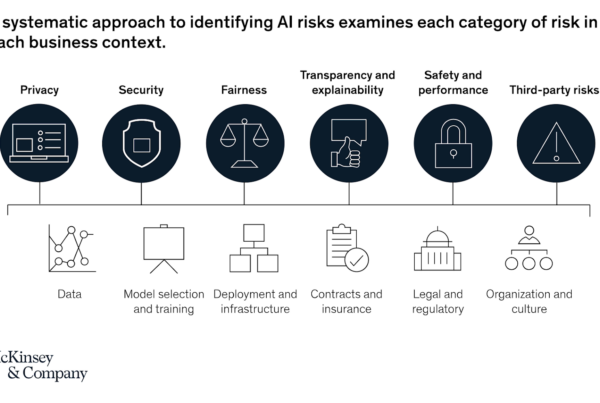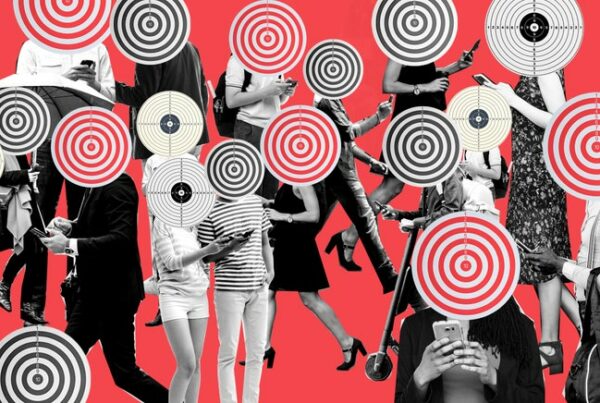Last November, Frank Chen gave a compelling presentation at the a16z summit — sharing a day-in-the-life vision of how life could be in 2030 by interpreting the relationship between humans and technology, as innovation becomes more seamless, interconnected and “super.”
I am interested in how these technologies – such as longitudinal health data, higher level biology engineering design patterns, neuromorphic chips inspired by brain autonomy, and more – can solve many of the shortcomings of the world we live in, enriching our experiences and manifesting a better quality of life. It is worth thinking about what the world will be like in 2030, or for that matter, in 2050.
Systems that have been dominated by Western approaches to logic and thinking will soon be enriched by alternative epistemologies and more diverse ways to organize thought — empowering collaboration, blurring borders, and enhancing cultural understanding and connectedness.
The Significance of New Technologies
Technologies presented in Chen’s scenario are symbols of more than consumerism and automation. The entire relationship of wealth in all its forms is being transformed, as well as time, space and knowledge.
The growth and innovation of K-tools help us access and produce knowledge, much like machines helped workers make more and better machines in the Industrial economy. K-tools facilitate collaboration between knowledge workers through instantaneous communications; examples include computers and supercomputers, software and super-software, hardware, software, printers, faxes, cell phones, picture phones, recording equipment, Internet, websites, and intranets, and documentaries.
These communication modalities help with knowledge gathering, processing, and information dissemination. And as more information is shared, new technologies further enhance the user experience, open-mindedness, and connectivity.
However, there are some challenges to this vision of the future, such as user adoption on a large scale, and accessibility to the general population. Also, as illustrated in Chen’s scenario, there is effusive data-collection and autonomous technologies constantly working and processing in the background, highlighting a need to understand vulnerabilities and enhance cybersecurity and post-quantum cryptology.
Most importantly, there is no framework for the future things described, which we will surely need if we are to answer the problems of our time.
A Framework for Solutions
One such framework is centralized and distributed platforms. Platforms offer technical understanding, social and human comprehension, and ultimately a framework for solving issues and challenges of the decade.
As I have written about previously, platforms are the very essence of the interaction of networked or digitally connected people. If we are all interconnected by networks — Internet, mobile, wearables, and even digital money — then those platforms serve to manage connections with a core set of technologies that enable the interaction.
The success or dominance of a platform is not defined by the tech; instead, it is how the platform is managed to 1) Attract users to a platform (individuals or organizations); 2) Match people and interests (economic or social); 3) Provide tools for scaling the digital relationships formed and reinforced across a platform, and 4) A set of standards that drive and scale the use of the platform(s).
By 2025, platform models of today will begin to give way to newer enabling tech and the shift to a more distributed model of authority due to AI, distributed trust models like blockchain, and machine-to-machine real-time interaction. Nonetheless, platforms are the success and leadership framework for any enterprise or organization of the present and future in a digitally networked world.
We are generating and accumulating new knowledge at unprecedented speeds, and new global wealth is being unlocked through this knowledge seeking and accumulation cycle. While yes, accessibility and imminent cybersecurity needs must be prioritized, Chen’s vision of “better health through personalized food, richer data sets, and shorter feedback loops,” as well as flipped supply chains, ad hoc global collaboration, tech that gives us superpowers, deeper empathy for other cultures, new experiences like drone racing and glow-in-the-dark pets all point to a platform-driven world. This world with platforms and new ideas gives more and more people opportunities to blur constructs and access more time, space and knowledge wealth.








